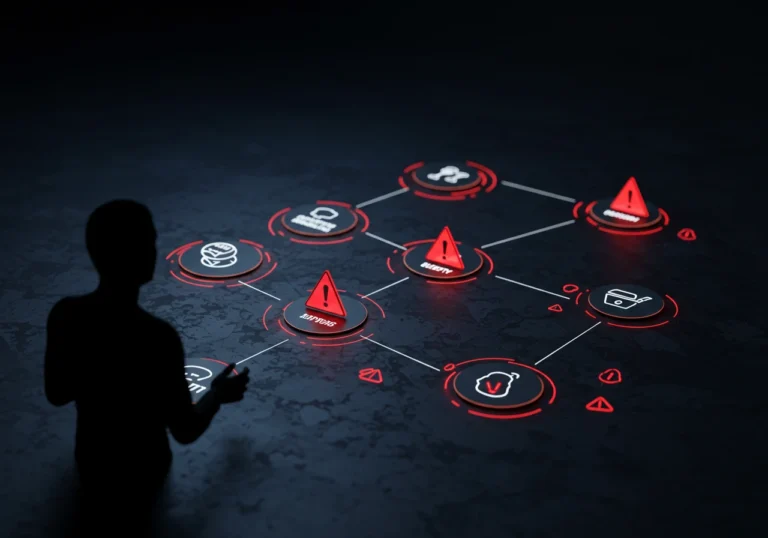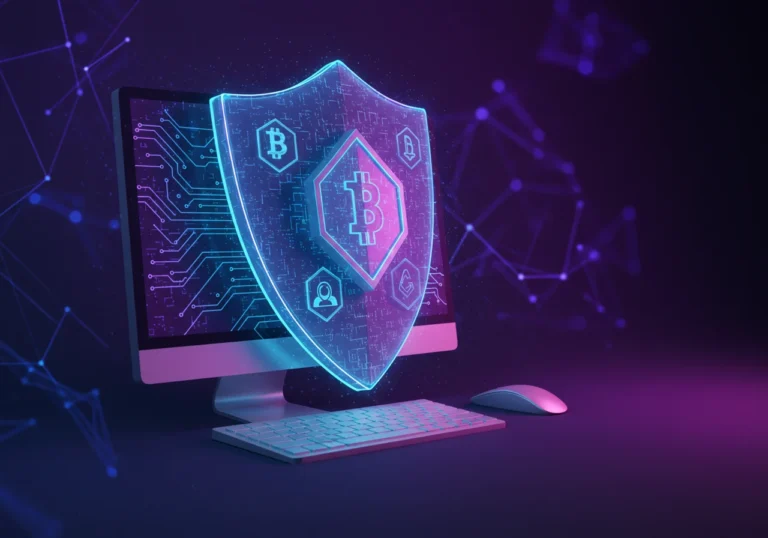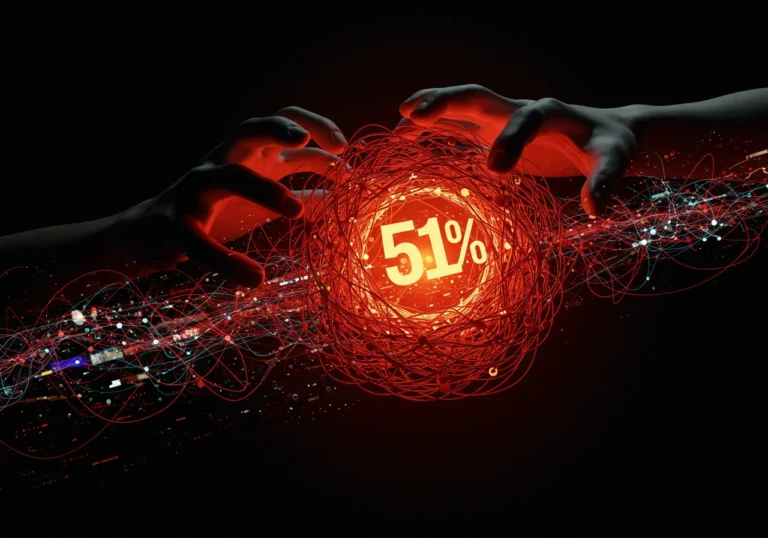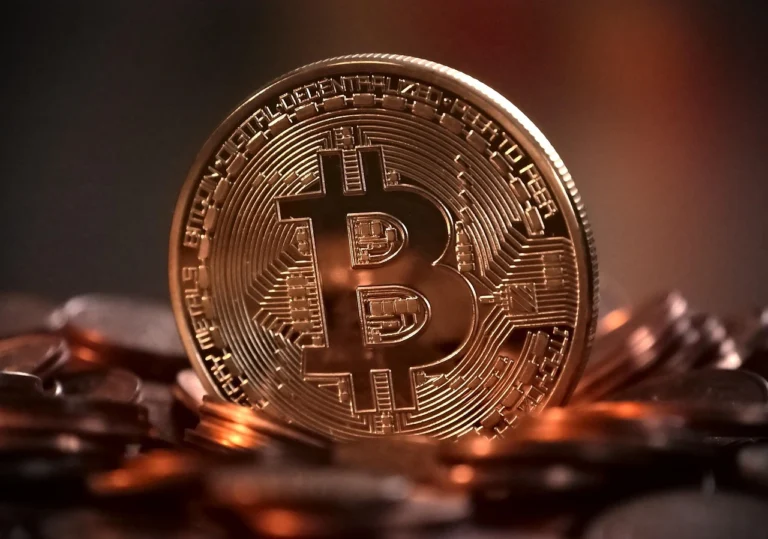Stolen Crypto? Here’s What to Do Without Freaking Out
Hey there! So, your crypto got stolen, huh? Man, that’s a gut punch, but don’t sweat it too much yet. There’s stuff you can do to get a grip on this mess. Let’s walk through it together, figuring it out step by step.
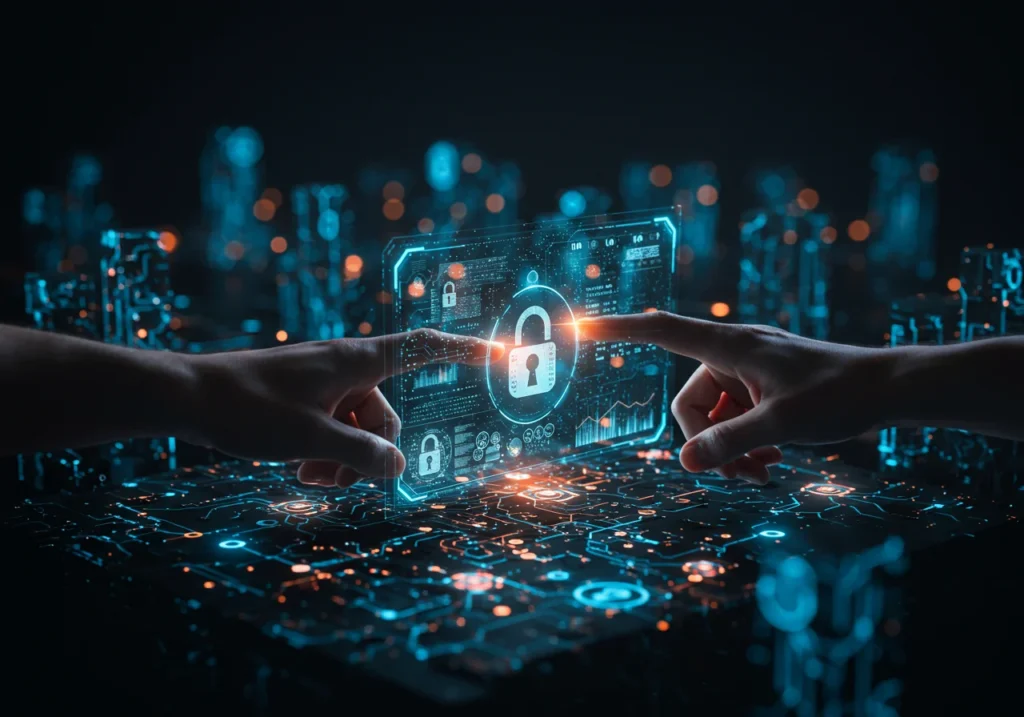
Lock Things Down Quick – Stolen Crypto
First off, you’ve got to stop the bleeding. Imagine your house got broken into—you’d change the locks pronto, right? Same deal here.
- Change your passwords. Make them tough, like a combo only you’d figure out—letters, numbers, a random symbol or two. Don’t reuse the same one everywhere. That’s like handing the crook the keys to your whole life!
- Turn on two-factor authentication (2FA). It’s like bolting an extra lock on your door. You’ll need a code from your phone to log in, so even if someone snags your password, they’re stuck. Super easy to set up, and it’s a game-changer for digital wallet security.
- Peek at your account. Check the history for anything weird—coins moving when you didn’t tell them to. It’s like spotting a strange charge on your credit card. Jot it down if you see it.
Shout It from the Rooftops
Next, you’ve got to tell people. Don’t just sit there stewing—get the word out fast.
- Hit up your wallet or exchange. They’re the ones holding your crypto, so shoot them a message. Tell them what got taken and when. They might not hand your money back, but they can tighten things up.
- Call the cops. Yep, even for digital cash, it’s still a crime. Swing by the station, say, “Someone nabbed my crypto,” and give them the details. Might not catch the thief, but it’s smart to have it official.
- Tell the cybercrime folks too. There’s a crew online—like the FBI’s internet crime site in the States—that tracks this stuff. Give them the rundown. It’s all part of cybercrime investigation, and who knows, maybe it helps down the line.
Play Detective for a Bit
Now, want to try tracking your coins? It’s a long shot, but kind of fun—like being a private eye.
- Check the blockchain. There’s this thing called a blockchain explorer—think of it as a map showing where your crypto’s been. If you’ve got the thief’s wallet address (a big string of gibberish), plug it into a site like Blockchain.com. You might see where it’s headed. Tricky, sure, but blockchain technology against theft can give you a clue.
- Recovery services? Some companies say they’ll hunt your coins down, like hired guns for digital asset recovery. But watch out—some are shady. If you go for it, check reviews first and don’t pay upfront. I tried one once, and it was a bust, but you might get lucky.
Keep It Safe from Now On
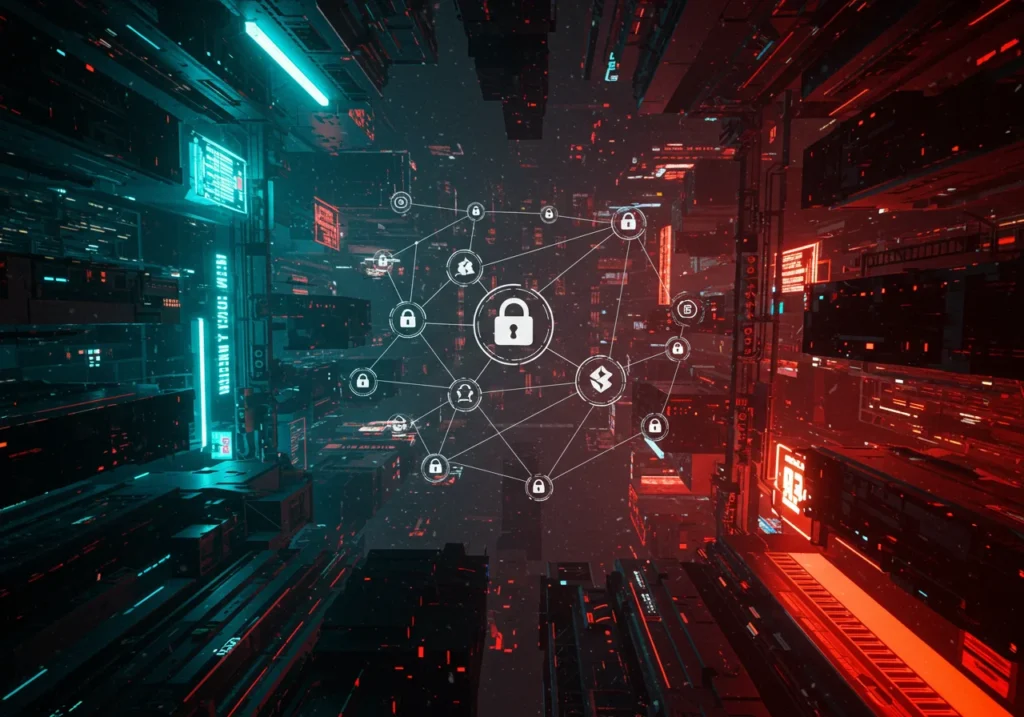
Alright, let’s make sure this doesn’t happen again. Fool me once, shame on them, fool me twice… you know how it goes.
- Grab a hardware wallet. It’s a little gadget that keeps your crypto offline—like stashing cash in a safe. Costs a few bucks, but for secure cryptocurrency storage, it’s gold. I got one after my scare, and it’s been a relief.
- Stay sharp online. Don’t click sketchy links or fall for “Hey, send me your info” tricks. It’s like not letting a stranger into your house. Big part of cryptocurrency theft prevention.
- Guard your private key. That’s the secret code to your crypto. Write it on paper, tuck it somewhere safe—don’t leave it floating around on your phone or computer. Private key management is your best buddy here.
You’ve Got This
So, yeah, having your crypto swiped stinks—like losing your wallet on a night out. But here’s the plan: lock everything down, tell the right people, poke around for your coins, and set up better protection. It’s not perfect, but it’s something. You’re tougher than this, and I’ve seen folks bounce back from worse.
What do you think—ready to tackle it? Start with that password change today, and we’ll go from there. Oh, and down South where I’m from, we’d say, “Don’t let the door hit ya where the good Lord split ya” to those thieves. Keep your head up!
Quick Recap
- Lock your accounts with new passwords and 2FA.
- Report it to your wallet, the police, and cybercrime teams.
- Track your coins on the blockchain if you’re up for it.
- Use a hardware wallet and stay cautious to keep it safe next time.
Table of Contents

Hello, I’m Edmilson Dias, founder of CoinBringer. I created this platform to guide people through the fast-moving world of cryptocurrency with clarity and safety. With years of research in blockchain and digital security, my goal is to translate complex topics into practical knowledge, offering reliable tutorials, safety insights, and guidance for both newcomers and experienced users.
Discover more from CoinBringer
Subscribe to get the latest posts sent to your email.


